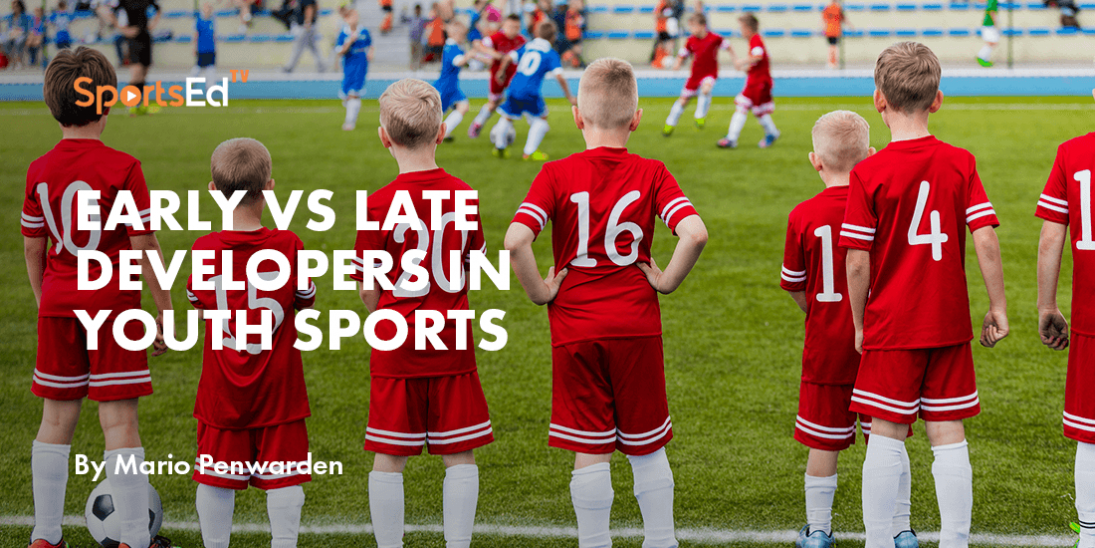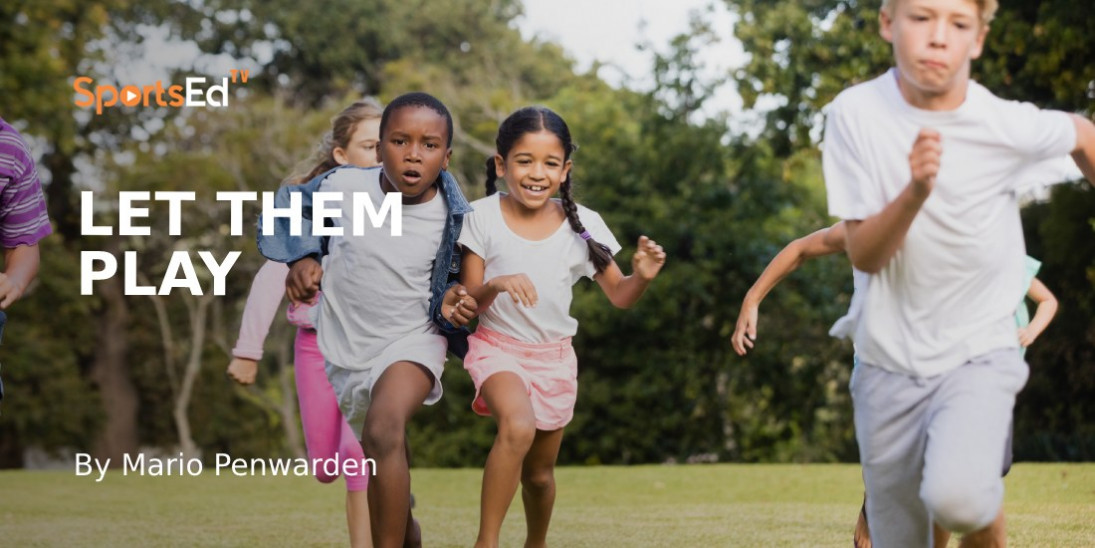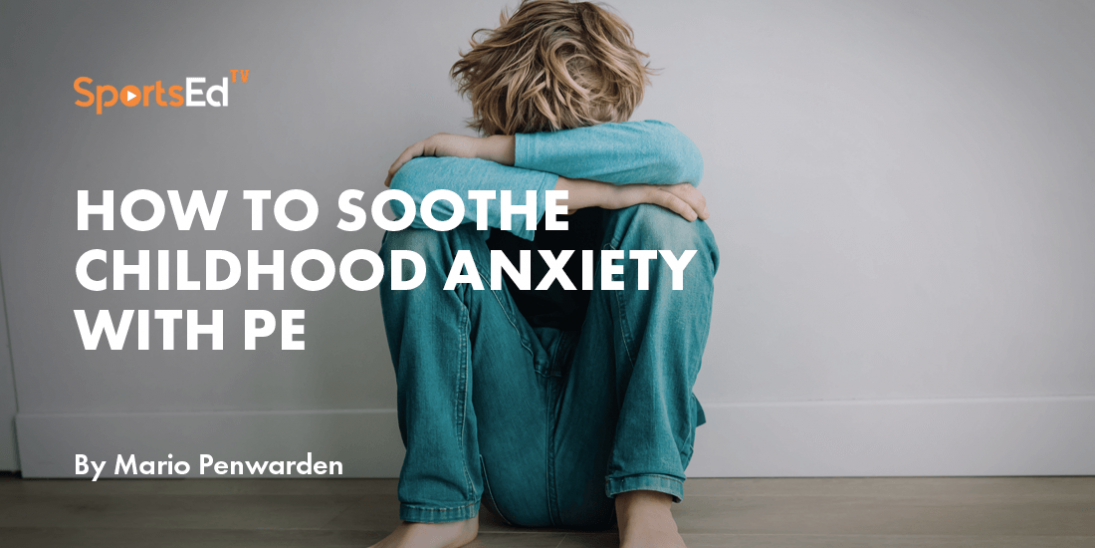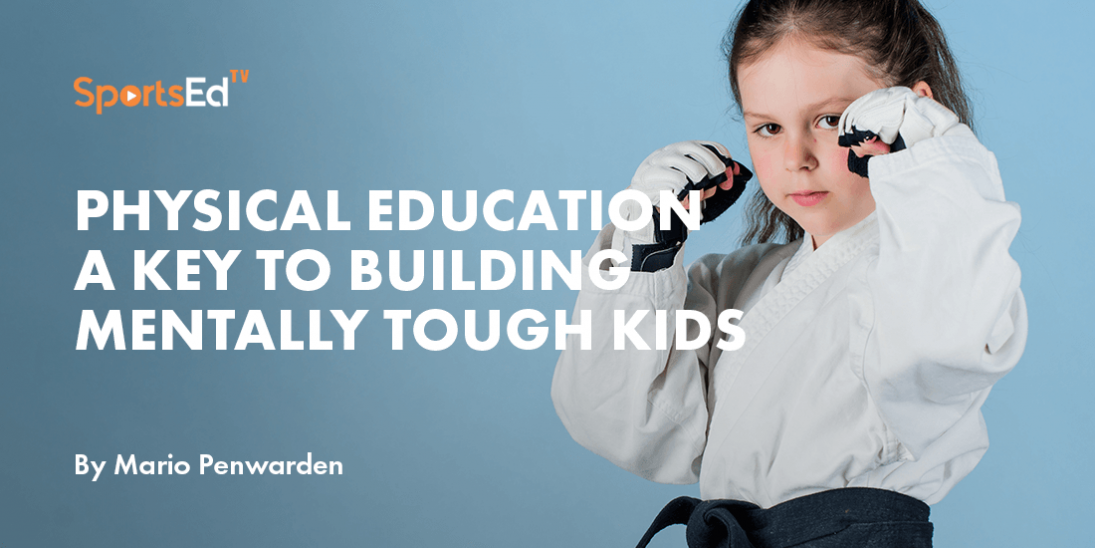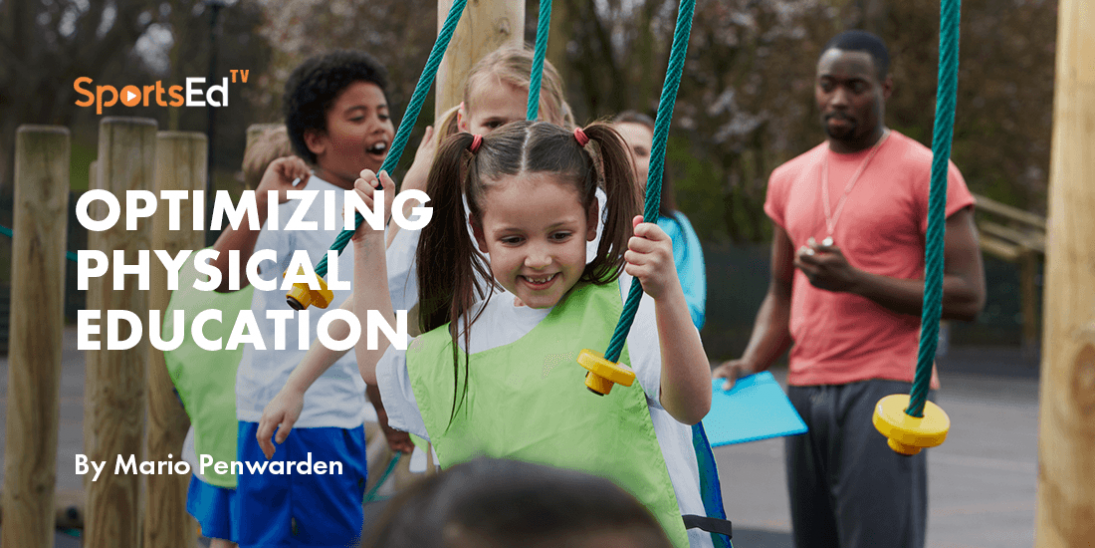Physical Education
Welcome and thanks for visiting...

The Sixth Sense: Proprioception
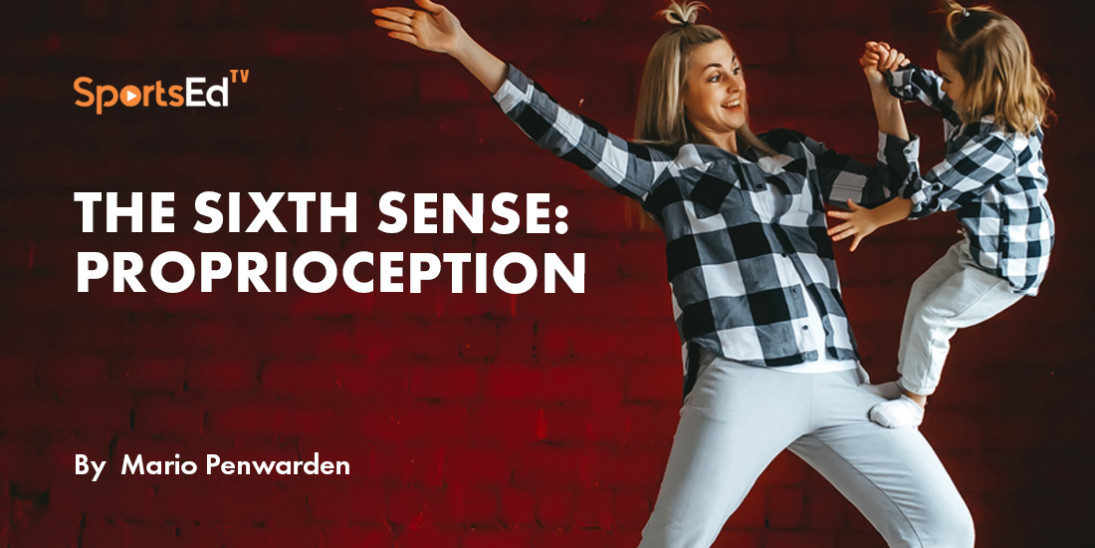
In order to wholly grasp the importance and the role the proprioceptive sense plays in just about everything we do, one needs to know what it is and how it works.
When we think of senses, we usually default to the five most common senses we all learn about from a very young age. These senses are external and comprise touch, sight, taste, smell, and hearing. We do, however, have more senses, and two very important senses are the proprioceptive sense and the vestibular system. Without these two internal senses, we would struggle to process a lot of information, external and internal, and therefore perceive the world around us optimally.
This piece will largely focus on the proprioceptive sense and have a look at the role and the importance of this sense. Understanding this will also give a better understanding towards the importance of movement and having a variety of movement experiences as we grow up in order to stimulate and develop this very important sense.

Proprioception is the sense that tells the body where it is in space. It also gives constant feedback with regard to where our different body parts are during movement. It also tells the brain how much pressure is put on the body when touched and or bumped and how much strength to use when performing various actions. Proprioceptive input is received through thousands of sensory receptors located all over our bodies, including our skin, muscles, and joints. This input is very important to the brain and plays a large role in coordination, body awareness, self-regulation, and the ability to focus. Handwriting and participation in sports also require a lot of proprioceptive input.
Proprioceptive development is movement-driven and starts with the first movements in the womb. Once babies are born, they start forming a map of their body by receiving and storing information through exploring their surroundings, touching and bumping into various objects, being massaged or picked up, and so on. As they grow older and are exposed to more complex movements like rolling over, pushing themselves up off their tummies, picking up toys, or standing up against things, they use this prior experience to guide their limbs and hands through the requirements for these movements.
So what is proprioceptive dysfunction, and why is it important to be able to identify this in children? The simple answer is that it can easily be mistaken for other learning-based disorders, and the child might not receive the correct support and treatment to address the issue. Common signs of proprioceptive dysfunction:
Sensory seeking
â Rough play
â Pushing and shoving other children
â Writes very hard
â Chews and bites clothes
â Likes pressure on their person
This can often be mistaken as being fidgety.
Poor Motor Planning/Control and Body Awareness
â Difficulty going up and down stairs
â Often bumping into people and objects
â Being very clumsy
â Difficulty with activities such as riding a bike, rollerblades and skateboards
Poor Postural Control
â Unable to sit properly
â Slouches in chairs
â Needs to rest head in hands while at a desk
â Cannot maintain a sitting posture while doing carpet work
This can often lead to poor academic performance and problems with concentration.
In order to regulate proprioception, children must take part in heavy work or tasks that involve resistance and lots of input from the muscles and joints. Things to consider including in your movement programs are exercises like frog jumps, donkey kicks, bear walks, and climbing on jungle gyms while using ropes or swinging on monkey bars. When at home, try to involve them in things like carrying heavy bags out of the car, moving or pushing around heavy objects, and opening tight jars.
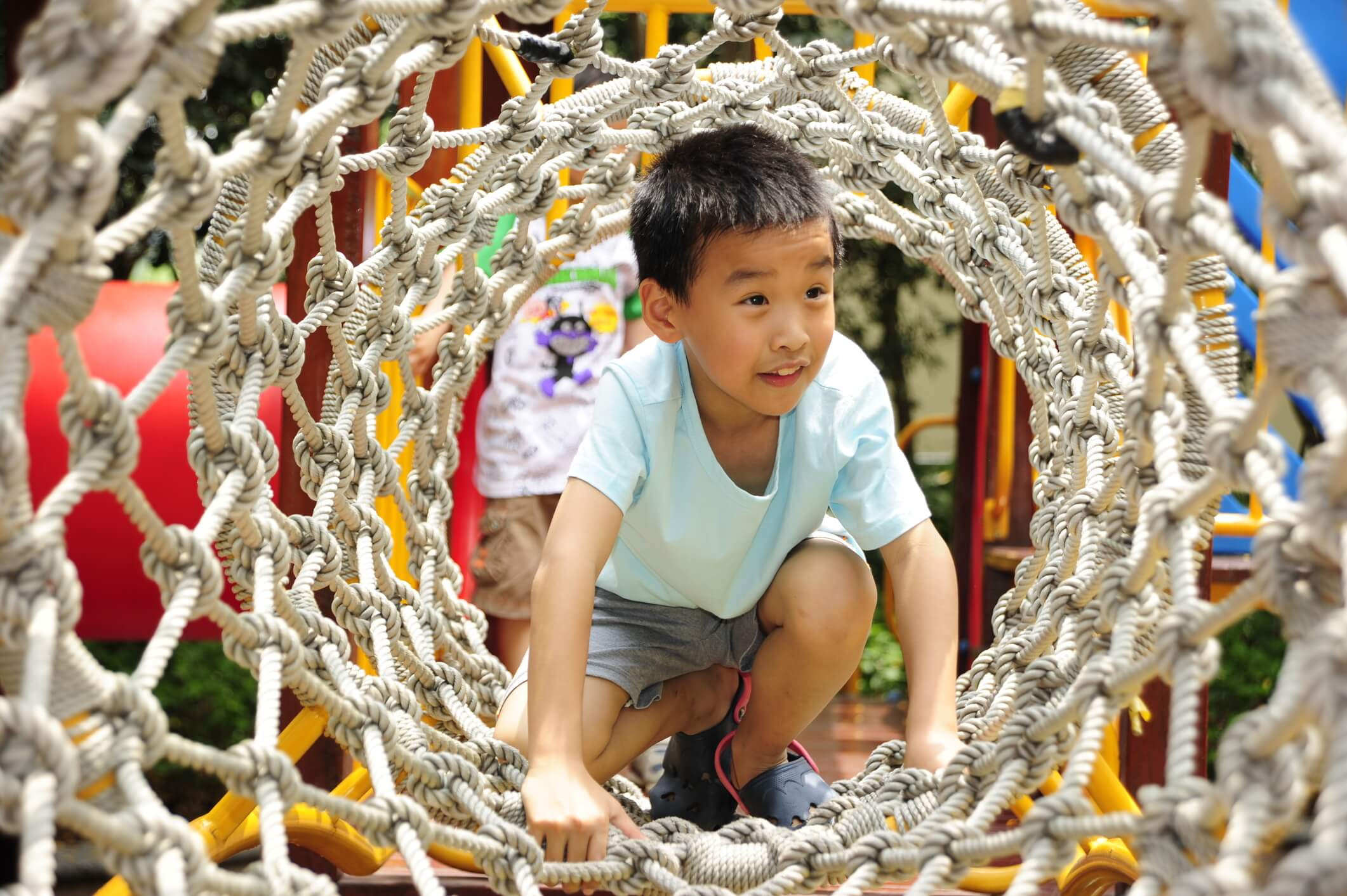
Here are some examples of activities to use in various environments:
Classroom-based activities
â Jogging on the spot
â Imaginary skipping
â Climbing on the chair and jumping off
â Hand pushes on a chair
â Hand pulls on a chair
â Using therabands on a chair to kick against
â Squeezing stress balls or something similar
â Using weighted aids like weighted blankets, jackets or pillows
PE based activities
â Cardio activities
â Animal walks
â Tumbling and rolling
â Obstacle courses
â Bouncing on trampolines
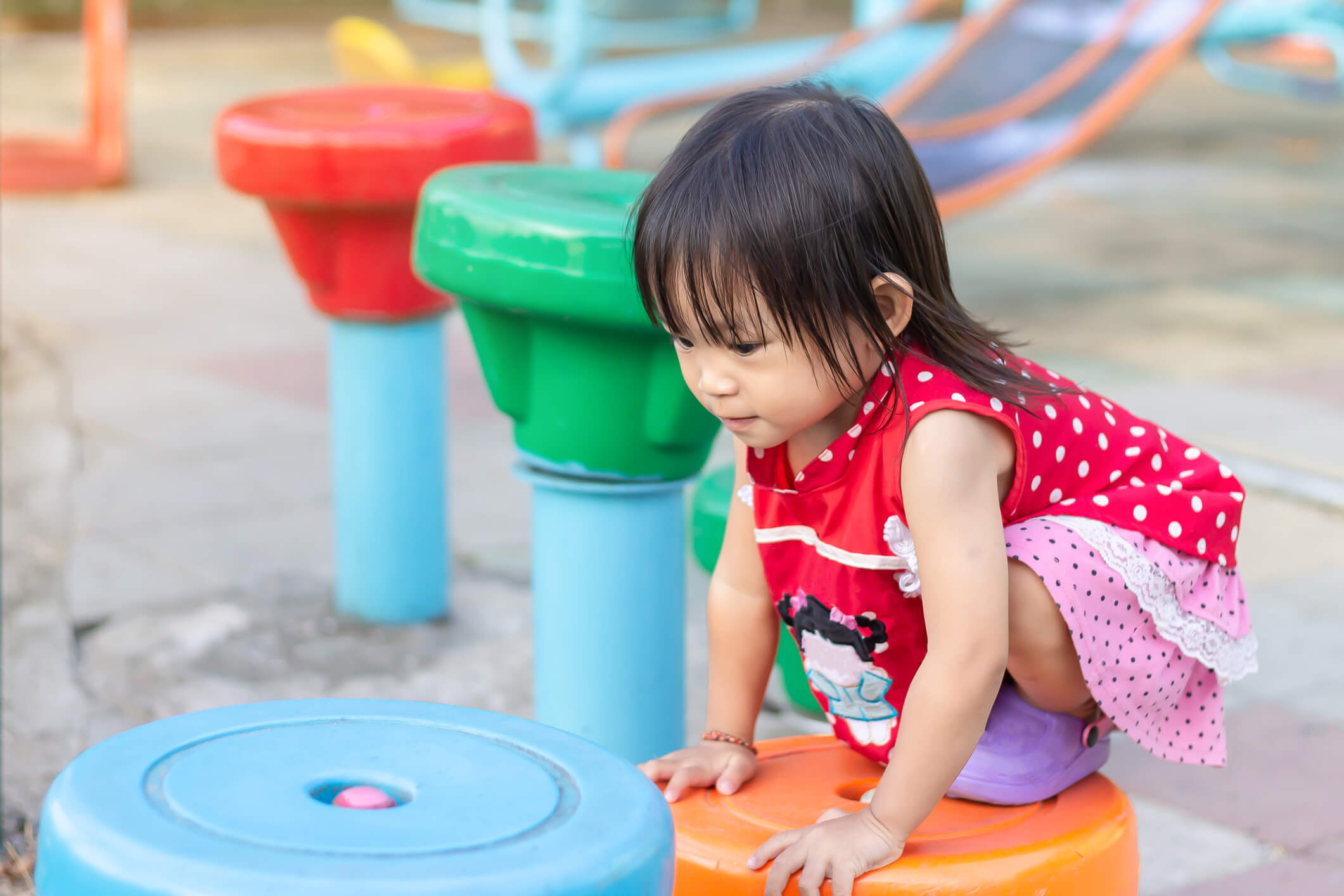
If your child needs additional input in the class try to give in when they transition between activities or after they return from break before they start with the learning process. A child can also be stimulated during the learning process when you see that child losing focus and concentration.
At home, it will be good to provide input at least 15-30 minutes before bedtime, before a child is expected to sit still, for example, during mealtimes and as part of their daily routines.
Proprioception forms a vital part of our everyday lives and activities. For children to function optimally, they need a well-developed and stimulated proprioceptive system. By incorporating simple activities throughout the day, we can easily stimulate this sense and do wonders for children during the learning process as well as for their everyday wellbeing.




